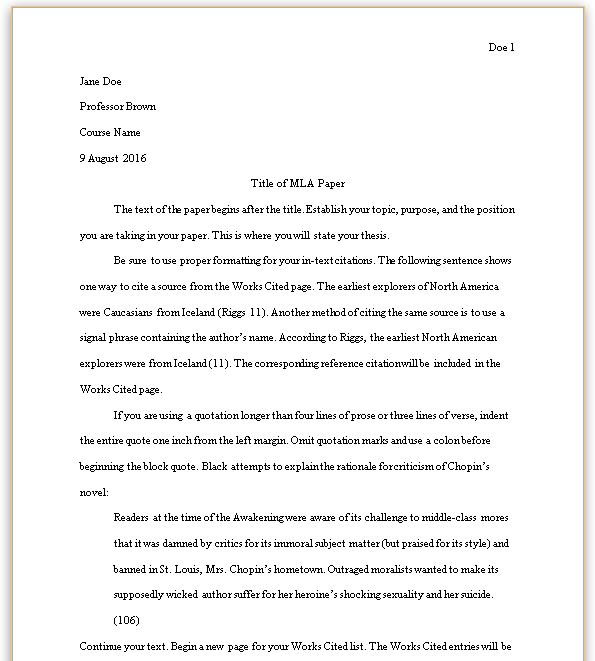Explain the three experiments that Collins presents in Part 1 of the reading to support his minimal embodiment thesis.
Don't use plagiarized sources. Get Your Custom Essay on
Embodiment and Linguistic Fluency Analysis
Just from $13/Page
-
- Why does Collins think that these examples disprove Dreyfus’ social embodiment thesis?
- What is Selinger’s critique of Collins’ argument from Part 1 of the reading?
- In Part 2, Collins claims that “[t]he embodiment thesis pretty well is the minimal embodiment thesis” (736). How does Collins justify this claim?
- In Part 4, Collins argues that interactional expertise can be acquired from conversations. Why do Collins and Dreyfus still disagree on this point?
- Be sure to watch the podcasts for a fuller understanding of the reading.
- Don’t forget to write your total word count at the end!
- Videos to watch:
- PDF attached for the reading
Guidelines
- Read the rubric to understand how assignments are graded (scroll down the page)
- This is not a research project, so outside sources are not allowed. Use of outside sources may result in a loss of points or a “0” grade.
- The goal is to demonstrate an understanding of the assigned reading by applying course concepts to real world issues. However, perhaps you could cite a small example from an outside source, but it should not be at the expense of addressing the prompt and demonstrating your understanding of the assigned reading. Check with me if you are ever unsure.
- No AI Policy
- Formatting: 12 point font, Times New Roman, 1 inch margins, and organize your writing into paragraphs when appropriate.
- Citations: Use in-text citations when citing or explaining evidence from the assigned reading/watching.
- Be sure to explain any quotations in your own words. When citing evidence, use in-text citations: include the author’s name and the page number (if applicable). For example, (author name 88). If citing evidence from a video, then cite the time-stamp. For example, “Quotation from the assigned video” (author name time stamp).
- Pro Tip: it’s ok to shorten the passages. You can include […] when you are omitting unnecessary text from the passage to shorten it.


